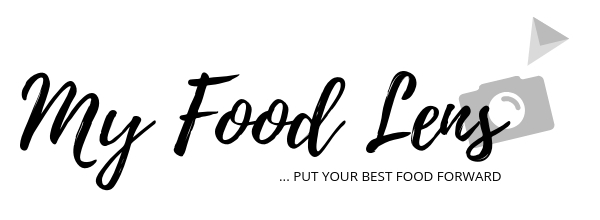
Have you ever wondered why the flat lay angle is often a favourite?
What makes it such a hit on social media?
Whether you’re a beginner or have been photographing for years, this angle can definitely come in handy if you’re looking to practice your photography technique, experiment, or create content faster.

You can strengthen or practice your photography techniques by harnessing the power of flat lays. Below, I highlight some key advantages of a top-down photography angle:
1. Versatility
The most obvious reason is that it is a highly versatile angle. This means that whether you’re a phone photographer or shoot with a DSLR, this angle will work for you.
Flat lays look as good with a 50mm lens as they do with a 105mm macro lens which means big or small composition, phone or DSLR, this angle works for all lenses, all sorts of gear and in the easiest and most effortless way!
Flat lays are also versatile with the subjects. Whether you shoot food or products, flat lays allow you to practice with both.
2. Light
Out of all the camera angles, if there is one angle that can really help you study light, it is a flat lay. When we work with light at a 3/4th angle, there’s a lot of dynamics in the photo. The angle itself is so dynamic that it makes the photo pop. The depth of shadow or highlights becomes more of an artistic choice rather than a technical step.
Flat lays are different. In a flat lay, you can really tell everything about the lighting situation. It is a bit less forgiving compared to the 3/4th angle.
Simple decisions like the height of the light, the distance of composition from the window or light source, and lighting direction stand out so clearly in a flat lay, so it becomes easier to identify the gaps in your technique and work on it.
If you need any more information on how to bring depth in flat lays or how to create light in flat lays, you can check out episode 35.
3. Composition Skills
As versatile as flat lays are, they also offer incredible opportunities to play around with different compositions. You can go as close as you want to really showcase the details or you could zoom out and create large compositions.
Each one offers the opportunity to work with different composition techniques, to practice using the placement guides and to study the components of aesthetics like balance, harmony, proportion etc.
When we create compositions in a flat lay, it is very different from compositions for a straight-on or 3/4th angle. It gives us a chance to really study every component of the composition and create with intention.
4. Storytelling
A flat lay is amazing for storytelling! Whether you are creating a large table scene, telling the story of someone rolling a pie, or having Christmas cookies cooling on the rack, the potential to create stories is so much higher in a flat lay compared to other angles.
It is, in fact, sometimes easier to create stories in a top-down angle rather than straight on or 3/4th because you might have to use 2 backdrops to create a base and back of the frame before thinking of factors like perspective. In a flat lay, however, you just have to immerse yourself in the story and create with one base backdrop.
The other reason why it’s easier to create stories from this angle is because of the depth of field. In a straight-on or 3/4th angle, depth of field plays a huge role and if you don’t work with distances and depth of field much in those angles, they don’t always produce the most dynamic photos.
Considering the ease of bringing storytelling to a flat lay, It’s a great way to create stories in your photos before graduating to other camera angles.
5. Process
Lastly, flat lays are great trainers because they force you to look at your execution process. A lot of us don’t shoot with a tripod or don’t tether. The result is either that we cannot replicate the exact same shot or we end up with a backache or shaky and out-of-focus photos.
Shooting in flat lay forces us to evaluate if we can afford to buy a tripod. It also helps to have your composition live on the tethering application so you can work on tweaking your composition in real-time.
Flat lays are hard to shoot handheld and, therefore, really make us look deeper into your workflow and make decisions about investing in gear or learning new applications that save us time, improve your editing, and also save us from backache.
So, there you go! Five ways how flat lays can improve your photography skills.
Photographing flat lays is a powerful way to get started with many foundational techniques and can continue to be used even in advanced stages. It’s that cool.
If you’re listening on Apple podcast or iTunes, please rate, review and subscribe on iTunes/Apple podcast. It will help this podcast reach more listeners and grow bigger and better. I’ll be so grateful.
